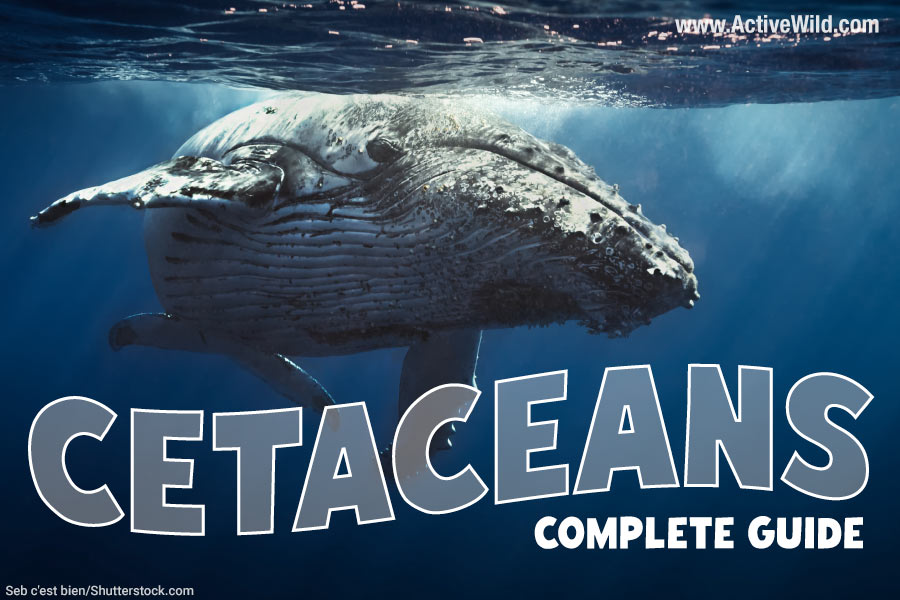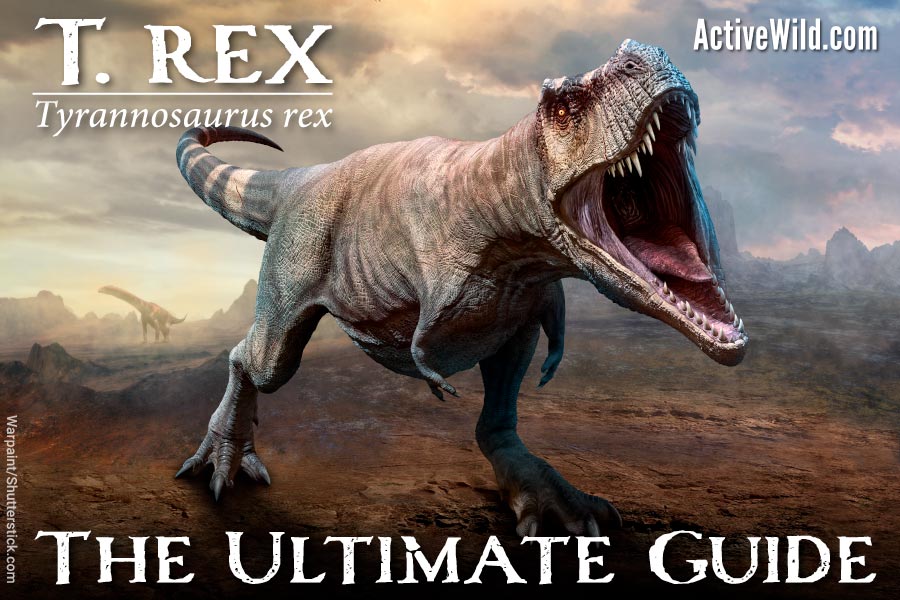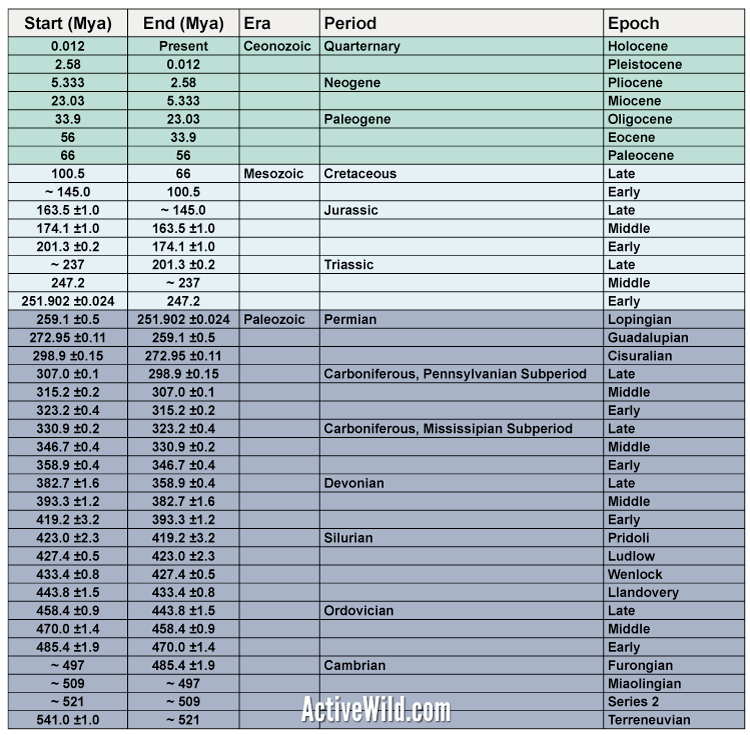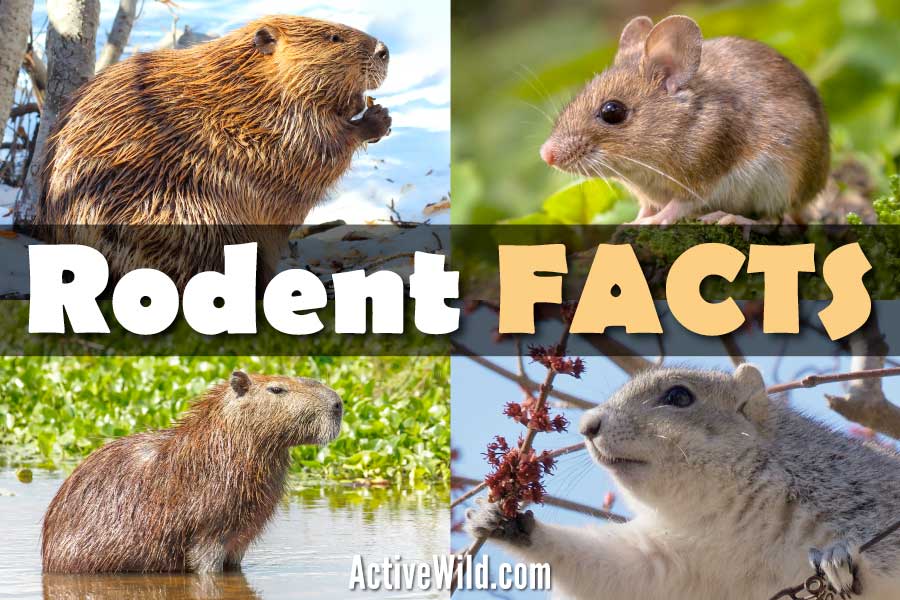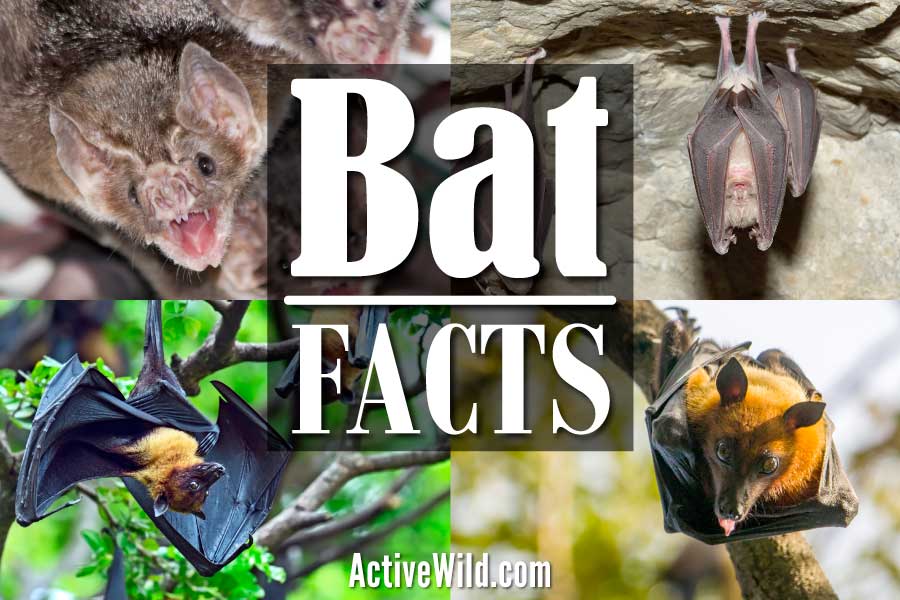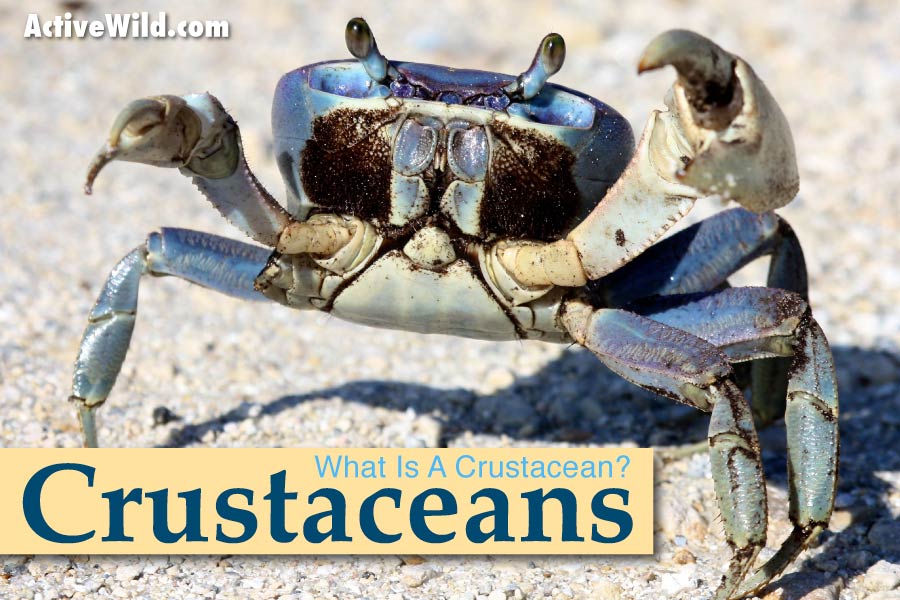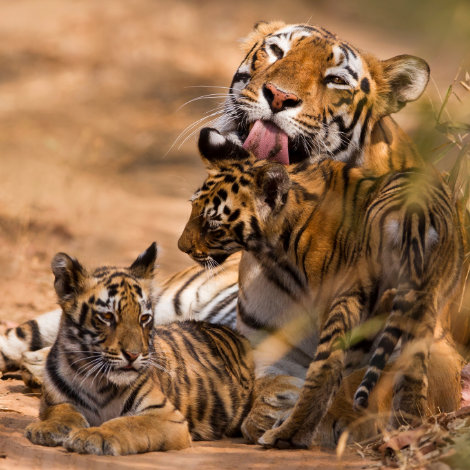Cetaceans are a group (Cetacea) of marine mammals comprising all whales, dolphins and porpoises. On this page you’ll find out what cetaceans are, cetacean characteristics, the different types of cetaceans, and examples of cetaceans...
Ultimate Guides
Active Wild ‘Ultimate Guide’ pages are designed to be just that: a definitive guide to the subject, written in an accessible manner and containing everything you need to know!
Discover more about our amazing planet with Active Wild Ultimate Guides!
Animals: A Complete Guide To The Animal Kingdom
A complete guide to animals and the animal kingdom, plus links to essential animal information on Active Wild.
Fish: The Ultimate Guide To Fishes & Fish Life
The ultimate guide to fishes & fish life, including definition of a fish, fish bodies, types of fish and the life-cycle of a fish. Read on for a complete guide to ichthyology…
T Rex Dinosaur Facts: Meet The Real Tyrannosaurus Rex
T rex, or Tyrannosaurus rex, is a species of carnivorous, theropod dinosaur that lived in what is now the western United States during the Late Cretaceous. With an estimated length of up to 13 meters / 43 feet, T. rex is one of the largest land predators that ever lived. T-rex lived alongside several other well-known dinosaurs, including Triceratops and Ankylosaurus.
Geologic Time Scale With Facts And Examples: What Is It & What Is It Used For?
Scientists often use terms such as “Mesozoic Era” and “Jurassic Period” when referring to certain times in Earth’s history.
Both the Mesozoic Era and the Jurassic Period are stages in the geologic time scale.
The geologic time scale links particular times in Earth’s history with the layers of rock in the Earth’s crust that were formed during those times.
For example, the Jurassic Period is the name given to the time in which a certain layer of rock in the Jura Mountains of Europe was being formed.
On this page you’ll find a complete explanation of the geologic time scale, including what it is, who uses it, and why it’s important…
Primates: The Ultimate Guide – Facts, Pictures, In-Depth Information
What Are Primates?
Primates are mammals in the order Primates. Modern primates include bushbabies, lorises, lemurs, tarsiers, monkeys, and apes (including humans). Primates evolved from forest-dwelling ancestors and have adaptions for an arboreal (tree-dwelling) existence, including flexible shoulders and dextrous hands.
Rodent Facts: The Ultimate Guide To The Order Rodentia
As the old saying goes, you’re never more than six feet away from a rat, and there is probably some truth in that statement; rodents–the group of mammals that includes rats and mice–are a hugely successful group of animals. Rodents are found–often in large numbers–in a wide range of habitats and on every continent except Antarctica.
On this page you’ll find rodent facts and information that will provide you with an excellent introduction to these fascinating animals...
Bat Facts: The Ultimate Guide To Bats, Characteristics, Types, Ecology
Bat facts: fun facts on bats, including bat characteristics, behavior, diet and ecology.
Representing an incredible 20% of all mammal species, bats are the world’s only flying mammals. On this page you’ll find a complete introduction to the lives and behavior of these unique animals…
Plants: The Ultimate Guide To The Plant Kingdom, With Pictures & Facts
Plants: the ultimate guide. Information, pictures and facts on plants, why they’re important, the different types of plants and how plants reproduce.
What Is A Crustacean? The Ultimate Guide To Crustaceans
What Is A Crustacean? Crabs are the best-known crustaceans, but this large group of animals also includes lobsters, shrimps, barnacles, woodlice and many other related animals.
On this page you’ll find out what makes a crustacean a crustacean . You'll also meet the different types of crustacean.
Read on to find out more about these fascinating invertebrates...

